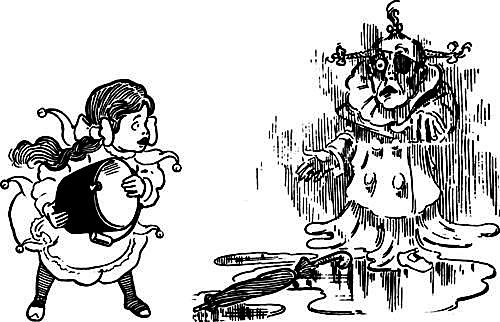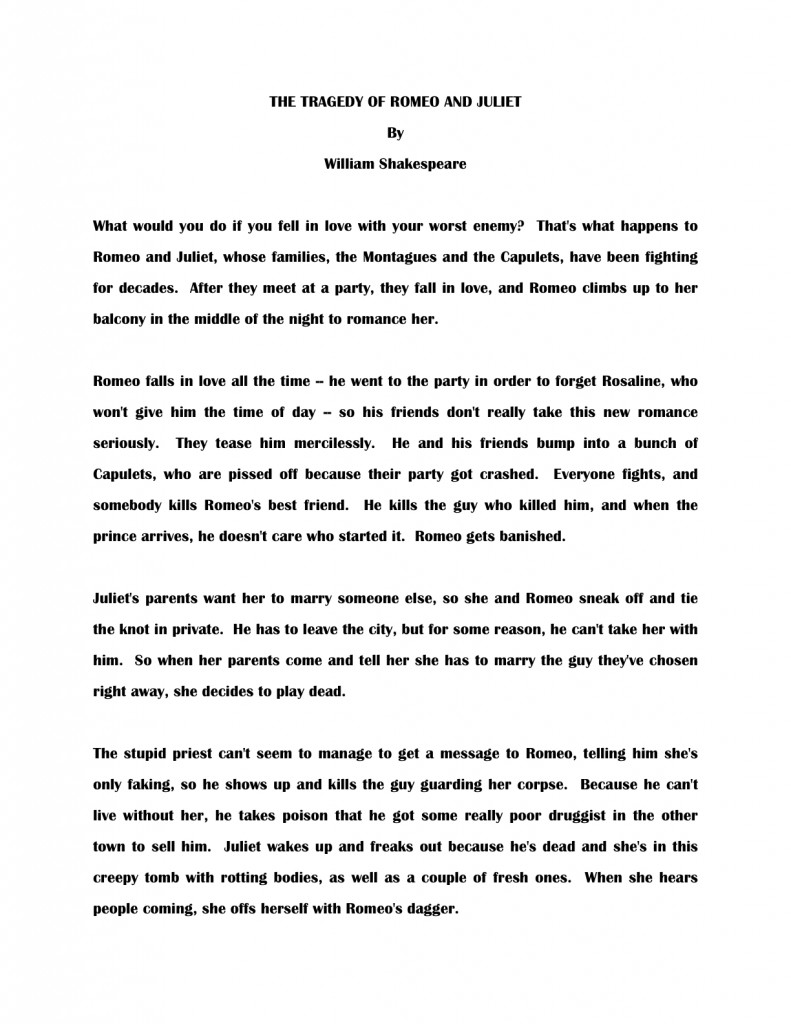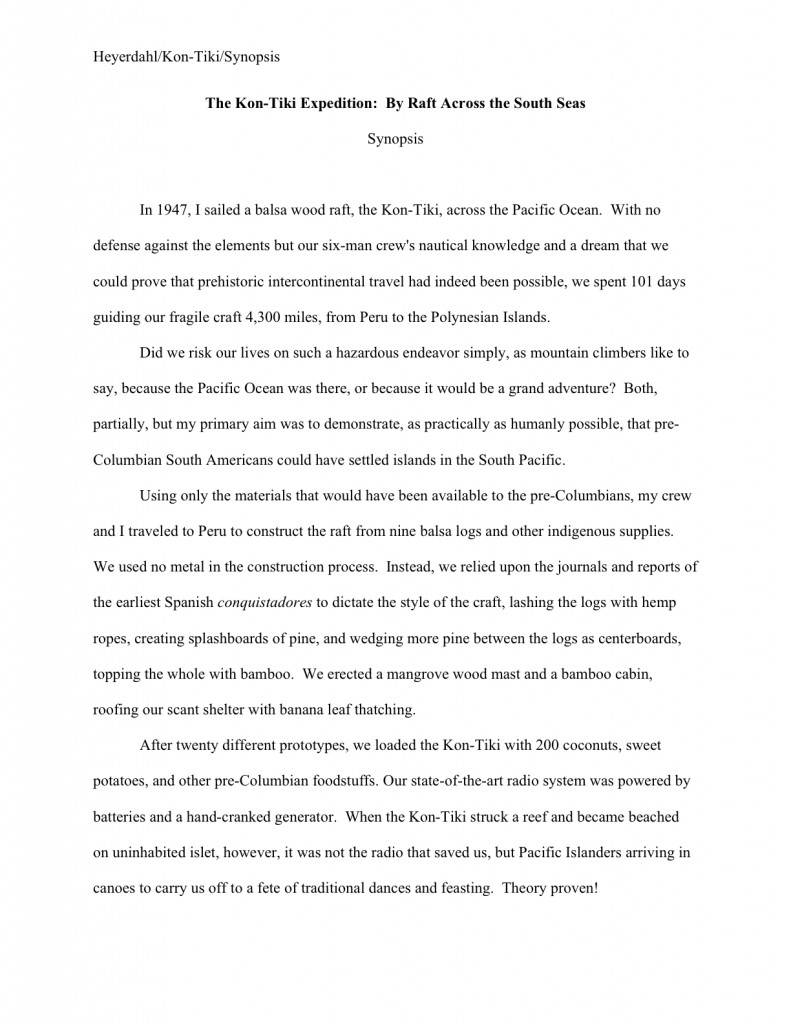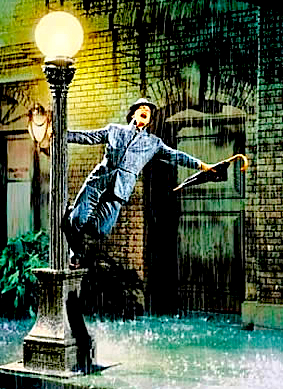
Before I launch into today’s musings, here’s a heads-up for Washington writers: applications are due December 7 for the 2010 EDGE Program for Writers, sponsored by the Artist Trust. Designed to help working writers at all levels of their careers expand their professional acumen, the EDGE program provides six weeks of intensive professional development classes, including topics such as:
*professional presentation on paper, on the web and in live readings
*how to research and take advantage of funding resources and opportunities available to writers
*how to prepare a successful grant proposal and budget
*time management, goal setting and developing a brand as a writer
*how to identify key audiences and determine marketing directions for literary works
*financial management; legal issues such as copyright and intellectual
property, and working with and as independent contractors
Not to mention the ECQLC (Eye-Catching Query Letter Candy) value of winning a place in this prestigious program! For a full description and printable application, click here.
While I’m at it, a quick reminder about an ongoing contest right here on this site: there are just a few short aphorism-gathering days left in the the share your favorite inspirational writing-related quote contest. Specifically, entries will be accepted through midnight Pacific Standard Time on Sunday, December 6.
This is a fun and easy opportunity not only to share your favorite keeping-the-faith quote with the rest of the Author! Author! community, the one that keeps you going through those dark nights of the soul when the muses seem to have left the building permanently — and to win a free copy of LIFELINES: THE BLACK BOOK OF PROVERBS.
A description of the latter and substantially more encouragement to enter the contest appears here, of course, but here’s a recap of the rules:
1. Pick your all-time favorite proverb or quote about writing.
2. Figure out why you love it so much, and write a paragraph about why it inspires you. (Keep it under 100 words, please.)
3. E-mail the quote and your paragraph, along with the quote’s original source (if you know it) and your name to anneminicontest@gmail.com by midnight Pacific Standard time on Sunday, December 6th.
4. Wait in eager anticipation for me to announce the winner, when I’ll post the most stirring quotes.
There endeth the public service announcement portion of the day’s proceedings. Let’s get back to talking about revision — specifically, about how to tackle revising with an eye toward picking up the pace.
Why, some of you may be asking, might a savvy aspiring writer want to take some steps make an exciting plot — or an unexciting one, for that matter — go just a touch faster before subjecting the manuscript to the ever-critical eye of Millicent the agency screener, her cousin Maury the editorial assistant, and/or their Aunt Mehitabel, the veteran contest judge? One very, very simple reason: as Millicent, Maury, and Aunt Mehitabel are all quite aware, slow manuscripts make editors grind their teeth and agents shake their heads in sorrow.
I won’t even tell you what pacing that drags makes the celebrity judges brought in to pick the winners amongst the finalists at literary contests do; this is a family-friendly blog, after all. Suffice it to say that a story or argument that crawls along is not typically the best way to impress Millicent or any of her relatives enough to cause them to long to read the rest of the book.
Antipathy toward being bored by submissions is virtually universal amongst the professional readers of this world, yet astonishingly few writing books and seminars address the issue at all. Except, of course, to opine that for the purposes of submission, a faster read is, on the whole, better than a slower one.
That’s not a guideline; that’s an aphorism. (But not a very inspiring one. I wouldn’t recommend entering it in any contests.)
There are a couple of good reasons for this genteel avoidance of an unpleasant subject, I suspect. First, editing for length and pace is an unpleasant subject for contemplation where dear self is concerned, isn’t it? I don’t know about you, but most of the writers of my acquaintance (including, I’ll admit it, yours truly) get kind of annoyed when an agent or editor says, “I absolutely love your writing! How about giving us 15% less of it?”
Or, to take what used to be a stock agents’ pronouncement a decade ago, when we were all flatly told that a first novel should be no more than 100,000 words, regardless of what might actually work best for the text. (That’s 400 pages in Times New Roman, by standard estimation techniques; if you don’t know how to estimate word count, or why any sane person would want to do so when MS Word will simply tell you how many words are in a manuscript, please see the opaquely-named WORD COUNT category on the archive list at right. ) The truism on the subject has become a little more lax in the past couple of years, thank goodness: now, pronouncement-mongers tend to say anywhere between 80,000 (320 pages) to 120,000 (480) is usually fine.
Unless you happen to be submitting to someone who thinks it isn’t. To be on the safe side, I’d try to keep it as closer to 100,000 than 120,000, unless you happen to be writing in a book category where longer is routine; above 500 pages or so, printing costs leap dramatically.
As someone who attends quite a few writers’ conferences in any given year, I, for one, was pretty darned relieved when the wisdom du jour changed. During the arbitrary 100,000 period, I always hated that inevitable moment when someone stood up at the agents’ forum and asked how long was too long for a manuscript. The air of gloom that descended upon the room at the reply was palpable.
As much as I object to arbitrary standards – 125,000 words strikes me as less arbitrary, because binding costs do get higher at that point – I have to say, like most of us who edit for a living, I’m a fan of the tightly-paced manuscript. I practice what I preach, too: in the novel currently in my agent’s hands, I cut 20 pages entirely through eliminating individual lines.
So believe me, I feel your pain, self-editors. But like most people who read manuscripts by the score, that doesn’t mean that I don’t start muttering, “Get on with it, already!” when a plot begins to drag. Sorry.
The second reason I think the issue of manuscript-tightening doesn’t get much attention in conference classes, writing seminars, and publications aimed at writers is that just as it’s genuinely difficult to say with any precision how long a book one has never read should be, it’s also hard to give general advice about pacing that applies to every single manuscript that might conceivably fall off a gifted writer’s fingertips onto a keyboard.
Every writer has different ways of slowing down or speeding up text. Which is precisely why it’s so vitally important to examine your own manuscript to learn what yours are.
You can feel me about to ask you to do something, can’t you? Don’t worry — it won’t be too painful; I’m not going to ask you to kill your darlings, at least not today.
Why in heaven’s name not, as writing teachers all over North America have been shouting at their students to axe their favorite bits of prose since practically the moment the classic piece of advice fell out of Dorothy Parker’s well-rouged lips sometime during Prohibition? Well, in my experience, most talented writers — published and as-yet-to-be-published alike — actually have a pretty good sense about the little things that shine in their manuscripts.
You know what I’m talking about, right? Those telling little details that bring joy to the eyes of agents, editors, and contest judges everywhere when they appear nestled in a manuscript – particularly on the first page of the text, where they act like miniature neon signs reading, “Hello? This one can WRITE!” causing Millicent to sit up straight for perhaps the first time that screening day and cry, “By gum, maybe I should NOT toss this one into the rejection pile.”
As lovely as eliciting this reaction is, there is more to catching a professional reader’s attention than a charming and detailed first page, I’m afraid. Of course, it’s a necessary first step to that reader’s moving on eagerly to the second, and the third, and so forth. But an initial good impression is not enough, however much writing teachers emphasize the importance of including an opening hook: in order to wow an agent into asking to see the entire manuscript, or into reading the entirety of the one you’ve already sent, the impressive writing needs to continue consistently throughout.
Was that chill I just felt the cumulative effect of all of you first page-perfecters out there going pale? “I just spent eight months on my first five pages,” I hear these wan wraiths stammer. “If I brought the entire book to that level of polish, I would need to live to be 112. I doubt that I’ll still be up to a book tour by then.”
I hate to be the one to tell you this, oh pale ones, but most writers revising for submission stop the high-gloss treatment far too soon. Around page 50, on average, because we’ve all been told that’s the first chunk an agent will ask to see.
The result is a whole lot of manuscripts that raise tremendous expectations in screeners’ breasts — only to lapse into what is fairly obviously less worked-upon writing around page 52. It’s so common a phenomenon that professional readers have a pet name for it: sagging in the middle.
While it is true that having brilliant early pages is one of the best calling cards a book can have, consistency is a far more appreciated writerly skill than writing advice-givers tend to admit. (And before the quote-mongers who emblazon famous thoughts on calendars start shouting that consistency is the hobgoblin of little minds, let me remind you that the early part of the quote is almost always omitted: the original read, “A FOOLISH consistency is the hobgoblin of little minds.” Just in case anyone has proverbs on her mind or anything.)
Here are some facts to chill creative blood: while the vast majority of submissions are in fact rejected prior to page 5, with a hefty percentage dismissed by Millicent before the bottom of page 1, a book’s audition period can — and generally does — go on for most of the manuscript. An excellent agent of my acquaintance, for instance, tells me that he reads the first 185 pages of any manuscript he is considering actively looking for reasons to reject it. Beginning on page 186, he is looking for reasons to ACCEPT it, because he’s already invested so much time in it.
So, naturally, whenever I meet a writer who is planning on querying him, I say, “Psst! Make sure your pp. 150-200 are magnificent!”
Why might a professional reader toss aside a book after having loved it for, say, 190 pages? Usually, a lack of consistency in the writing: great writing early in the book raises expectations for the writing later in the book, necessarily. In the industry, a book that achieves this difficult feat is declared to have lived up to the promise of its first chapter.
Naturally, this is a little unfair, but after one has read approximately 7 million early chapters chock-full of telling little details, one has generally become resigned to seeing their frequency diminish later in the text – but not like it. It’s kind of a letdown, like when that the terrific conversationalist with whom you had three great dates blurts out on Date #4 a glowing paean to a politician whom you have considered for years at best a corrupt megalomaniac.
We’ve all been there, I’m sure.
I must admit it: as an editor, once I have seen evidence that a writer possesses the twin gifts of observation and the ability to handle detail deftly, I have been known to mutter angrily at the manuscript before me, “You’re a better writer than this! Give me your best work!”
So now that I have scared you to pieces about the importance of consistency, how can a revising writer tell if, say, the proportion of telling little details falls off throughout a manuscript enough to start enough to displease a professional reader’s eye?
Glad you asked. Try this experiment:
1. Print out three chapters of your manuscript, the first, one from the middle, and one toward the end of the book.
Don’t use the final chapter; most writers polish that one automatically, doubtless the effect of our high school English teachers making us read the final pages of THE GREAT GATSBY so often.2. Make yourself comfy someplace where you will not be disturbed for a few hours, and start reading.
Easier said than done, of course, especially for those of you with young children gladdening your daily lives, but this isn’t relaxation: this is work. So don’t you dare feel guilty about taking the time.3. While you are reading, highlight in nice, bright yellow every time the narrative gives information about a character in summary form.
I’m deadly serious about this. Mark everything from Angelique felt envious to Georgine was a shop welder of immense proportions to “Edward was a compassionate soul, drawn to injured children, limping dogs, and soup kitchens.”4. Now use a different color of pen — red is nice — to underline any character-revealing information that the narrative conveys indirectly, through specific detail or speeches that demonstrate a characteristic or an environment that is reflective of a character’s internal mood.
Remember, you are not judging the quality of the sentences here — what you are looking for are passages that encourage the reader to draw his or her own conclusions about what the character is like. To revisit the trio from above, red-marked sentences might include:
Unable to contain herself, Angelique surreptitiously poked her rival with a pinor Georgine’s broad shoulders barely fit through the doors to her metal shop
or even Edward was late for work again, having been sidetracked by a child’s scraped knee, a search for the same little girl’s lost cocker spaniel, and the absolute necessity to track down and fund the homeless person he had been forced to overlook yesterday because he’d already given away the last dollar in his pocket.
Beginning to see some patterns here? Good.
5. Now that you’ve identified these different species of sentences, double-check immediately before and after the indirect indicators in red for summary statements telling the reader precisely how these dandy little details should be interpreted.
Such summaries tend to lurk in their environs. When you find them, ask yourself, “Self, is this summary absolutely necessary here, or does the indirect statement cover what I wanted to say? Could it in fact be cut, and would the manuscript be both shorter and better for it?”
Applied consistently, this question can strip a lot of unnecessary verbiage from a manuscript relatively painlessly. It’s a good strategy to know, because it’s often difficult for a writer to notice redundancy on a page he has written himself — from a writerly perspective, saying something in two different ways often just looks like creative emphasis.
Or — and this is more common — we may not trust the reader to draw the correct conclusion from the more delicate indirect clues, and so rush to provide the logical extrapolation. But readers are pretty smart, especially those lovers of good writing who dote on telling little details.
Okay, I need to sign off for today, but please don’t throw those marked-up pages away: I have more plans for them — and their little dog, too.
Yes, going through your manuscript with a fine-toothed comb is a whole lot of work, but believe me, when your book is on the uphill side of page 185, and the agent of your dreams is trying to decide whether you have the consistency of style to pull off an entire book, you’ll be very, very glad you bought those marking pens.
Maybe you should ask the Furtive Non-Denominational Gift-Giver to sneak some more into your stocking later this month. Keep up the good work!
































